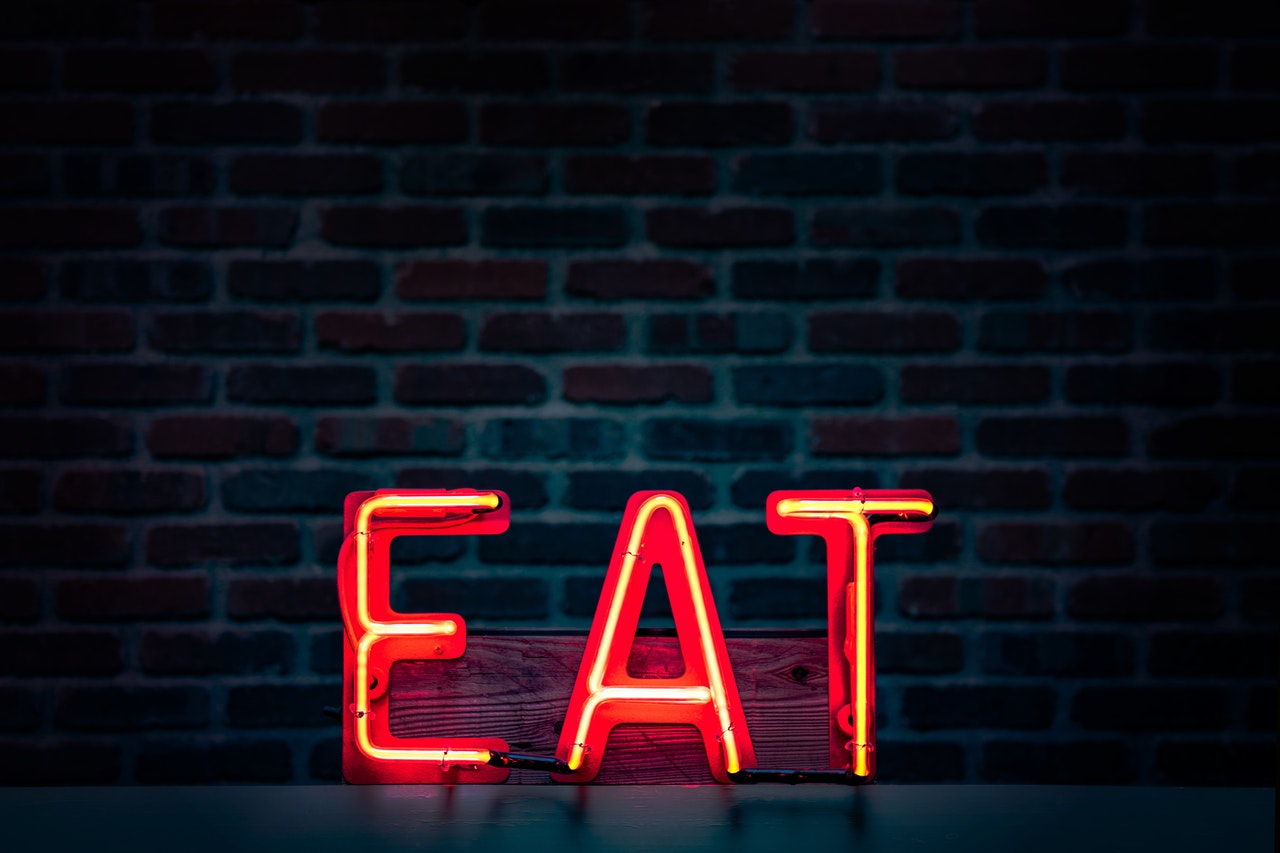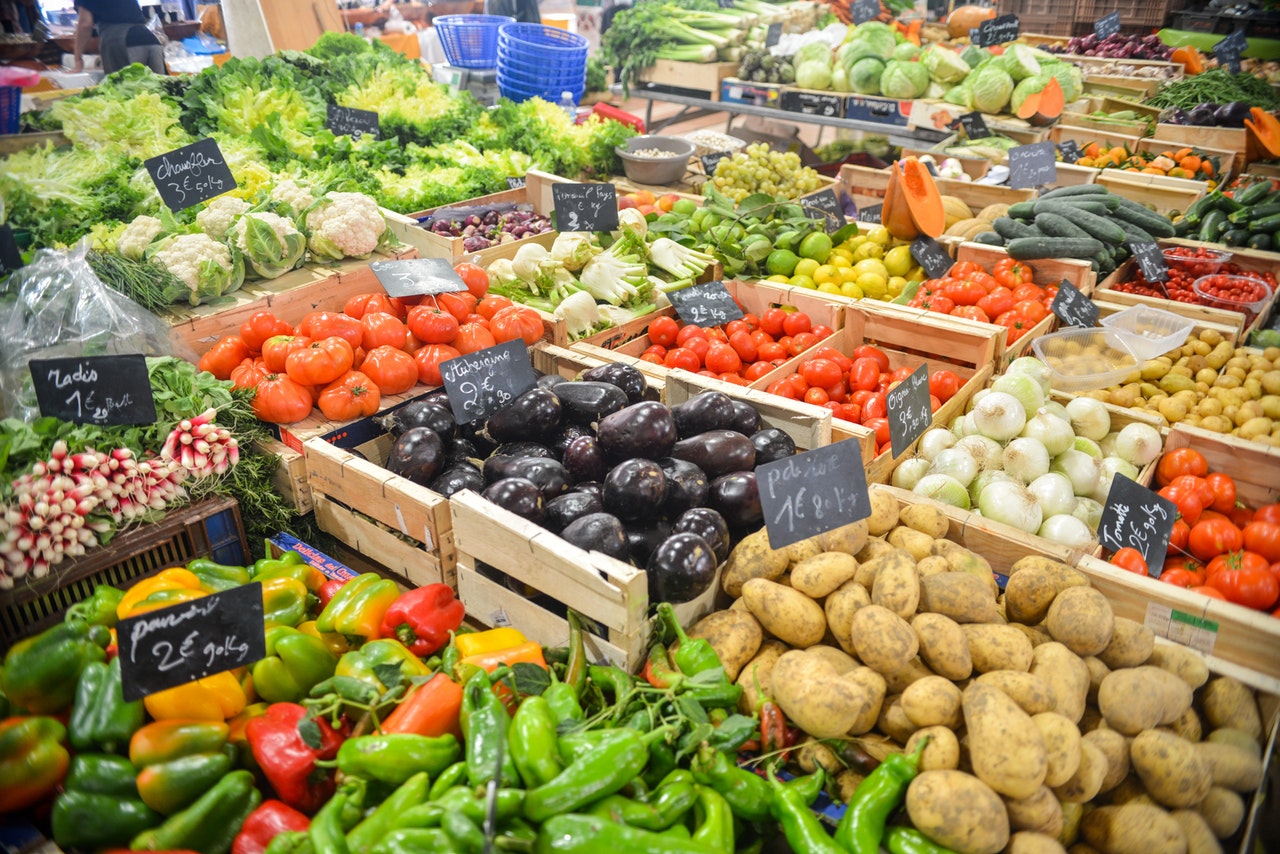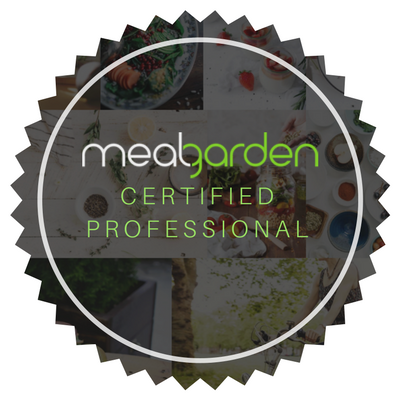New Plant-Based Eating Insights on How Much, What, and How
By Dr. Robert Curtis
(Doctor of Chiropractic, Certified Medical Examiner (U.S. Dept. of Transportation), A.C.E. Certified Health Coach and Fitness Nutrition Specialist)
Last reviewed / slightly edited: 10/16/21
Time crunch? Save this page for later with Pocket, Instapaper, or Evernote.
There has been a long time focus on how much one eats and drinks – the “calories in, calories out” notion – being the key factor to monitor in relation to control of our waistlines, and though important, newer information has been coming to light on two other key factors of impact.
This newer information is applicable to any diet type but I'll get into the manner in which it plays out on a whole-food, plant-based diet and share a bit of my own personal experience with all of this.
So, these two new factors are...
What you eat and drink, and how you eat and drink.
There's also new information on the how much, too.
To the details...
How much you eat and drink ...
 Vegan cafe sign. (image source at end of article)
Vegan cafe sign. (image source at end of article)Firstly, concerning wanting to lose weight (or maintain weight)...
Reducing your caloric intake can play a role in a plan to lose weight, or to keep from gaining, however there are other factors in play regarding losing weight over the short and long term and also in supplying you with sufficient energy.
Additionally, caloric restriction can lead to nutrient deficiencies.
With a whole-food, plant-based diet, a number of foods tend to be greater in volume relative to the calorie load each food contains, along with being nutrient dense, and thus fill you up sooner than you could over consume calories – a concept known as caloric density – and still allow for enough nourishment.
This appeared to be in play in a 2017 study out of New Zealand, known as the Broad study, that showed that a group put on a whole-food, plant-based diet was able to eat all they wanted and still lose weight. [1]
In the instance where you might lose more than you prefer, I have found usually simply upping the more starchy vegetables is often sufficient, followed by adding more nuts and seeds if necessary.
This was my experience when I first went plant-based, as eventually I began losing too much weight, but that was turned around and stabilized by upping my carbohydrate intake (I got the calories I was missing) – in short, I just added things like more potatoes, whole-wheat pasta, whole-grain breads, corn, and rice.
And I did not feel like I had to force it – it was all easy and comfortably filling – and I did not noticeably gain body fat.
I credit Dr. John McDougall's The Starch Solution as having been my key guide on this – though his emphasis pertains to helping you to lose weight, as that is the need for most, it's ultimately about finding your optimal weight.
All in all, quite a tasty and satisfying remedy : )
Secondly, concerning wanting to gain weight...
Consuming much greater amounts of calories is key, and should well cover your nutrient needs in the process, though may leave you fatter, too – unless your added calories are directed towards muscle building activities such as strength training for example.
Accordingly, the weight gain can be in the form of muscle – preferred, of course.
Regarding the What ...
 Various plant foods that are good for you. (image source at end of article)
Various plant foods that are good for you. (image source at end of article)Maybe you noted that the “what you eat” in the Broad study just mentioned were whole-foods and plant-based, not processed food items that are often lower in volume and higher in calories.
Ultimately your body is seeking enough calories for energy, and nutrients, for overall function and health, but beyond a certain amount fat begins to be stored and often is left unutilized (unless compensated for as noted above). Something many of us can attest to : )
Fat storage was helpful in the days of periodic famine but in modern industrialized culture is pretty much no longer necessary.
Overall, with caloric density in play with a whole-food, plant-based diet, you tend to get enough food but not too much.
So, a good daily aim for optimal nutrition, and caloric balance would include:
- Fruits and vegetables in a wide variety (including more starchy ones, like sweet potatoes and corn) - with meals and at snack-time. This, to provide needed fiber, antioxidants, vitamins, minerals, other phytonutrients, and that volume factor we just talked about is primarily found with these types of foods. And the more starchy ones serving greatly to assure you get enough of what you need for energy and weight maintenance (or gain if desired) - calories. Whole grains apply in that sense, too.
- Enough protein. Wherein the essential amino acids are covered. Good plant sources include beans, nuts, and seeds, with beans in particular really covering the amino acid bases well, particularly soy food products and certain grains, like teff for example. This also provides a metabolism boost akin to protein.
- Healthy fats. Some fatty acids are termed “essential” in that they're needed in the assembly of hormones and neural tissue, like the brain, along with working as soon as they arrive in your intestinal system in the roll of helping you to absorb fat-soluble vitamins – from greens in your salad for example. Olives, avocados, nuts and seeds work well here.
So, we've covered the how much and the what...
And for the How ...
 Class picture of learning how to eat and drink plant-based foods. (image source at end of article)
Class picture of learning how to eat and drink plant-based foods. (image source at end of article)It's additionally important to be mindful of how you're eating and drinking.
Studies have begun to show this is more significant than what had been believed.
Consider ...
Are you consuming your meals quickly with perhaps little chewing?
And maybe hurriedly gulping down an accompanying drink?
Accordingly ...
Let’s take a look at “mindful eating”.
The practice of mindful eating entails concentrating on what you're doing and not rushing.
More specifically, it involves taking small bites, with thorough chewing, savoring each bite, and doing so at a comfortable pace (slow) as you go.
Coupled with having an awareness and appreciation of the smell, the taste, and the texture of the food.
And eating slowly has been shown to prevent weight gain as demonstrated in a study out of Japan in 2018. [2]
Further, when your food is well chewed your digestive system has an easier time processing it and important nutrients are more readily available for absorption.
And in regard to liquidized food ...
A nice tall, cool smoothie offers a great and easy opportunity to get a good supply of fruits and vegetables (especially leafy greens). Though it's good to be mindful of smoothie's calories as some approach meal size as opposed to a snack.
And they're best consumed slowly.
When it comes to liquid foods, like smoothies, consuming them too fast can lead to blood sugar spikes and subsequent drops that can leave you drained and over time are not good for blood sugar regulation, but there’s an easy and tasty fix that blunts this problem – adding berries.
In a 2012 American Journal of Clinical Nutrition study, it was noted that combining berries could erase the spiking and dropping of insulin – in this study, by the addition of blackcurrants or lingonberries. [3]
A similar effect was noted, too, in a 2010 study, that appeared in the British Medical Journal, using blueberries. [4]
So the message on smoothies – go slow, and add berries for extra insurance on blood sugar control.
Want it to be more filling? Just add something like ground-up chia or flax seeds.
Summary
It's no longer good enough to consider just the amount of food and drink you're consuming, as now what you're consuming, and how you're doing it, are important, as well.
Related Recipe
Blueberry Green Smoothie
Feel free to print out the recipe below by clicking on the "More Options..." tab – on the recipe below – (then choose the Print option). The "More Options..." tab is a bit below the picture and to the right of the Add To My Cookbook button.
Article References:
1.
The BROAD study: A randomized controlled trial using a whole food
plant-based diet in the community for obesity, ischemic heart disease or
diabetes; N Wright, L Wilson, M Smith, B Duncan & P McHugh.
Nutrition & Diabetes (2017) 7, e256 (20 March 2017)
doi:10.1038/nutd.2017.3
2. BMJ Open. 2018 Feb 12;8(1):e019589. doi: 10.1136/bmjopen-2017-019589. Effects
of changes in eating speed on obesity in patients with diabetes: a
secondary analysis of longitudinal health check-up data. Hurst Y1,
Fukuda H1.
3. Am J Clin Nutr. 2012 Sep;96(3):527-33. doi: 10.3945/ajcn.112.042184. Epub 2012 Aug 1. Postprandial
glucose, insulin, and free fatty acid responses to sucrose consumed
with blackcurrants and lingonberries in healthy women. Törrönen R1,
Kolehmainen M, Sarkkinen E, Mykkänen H, Niskanen L.
4. J Nutr. 2010 Oct;140(10):1764-8. doi: 10.3945/jn.110.125336. Epub 2010 Aug 19. Bioactives
in blueberries improve insulin sensitivity in obese, insulin-resistant
men and women. Stull AJ1, Cash KC, Johnson WD, Champagne CM, Cefalu WT.
Images:
1. Vegan cafe sign. Image by Tim Mossholder from Pexels (CCO license)
2. Various plant foods that are good for you. Image by Stokpic from Pexels (CCO license)
3. Class picture of learning how to eat and drink plant-based foods. Image by Flickr (CCO license)


